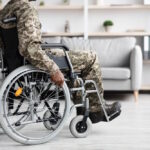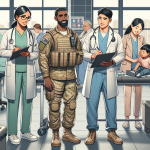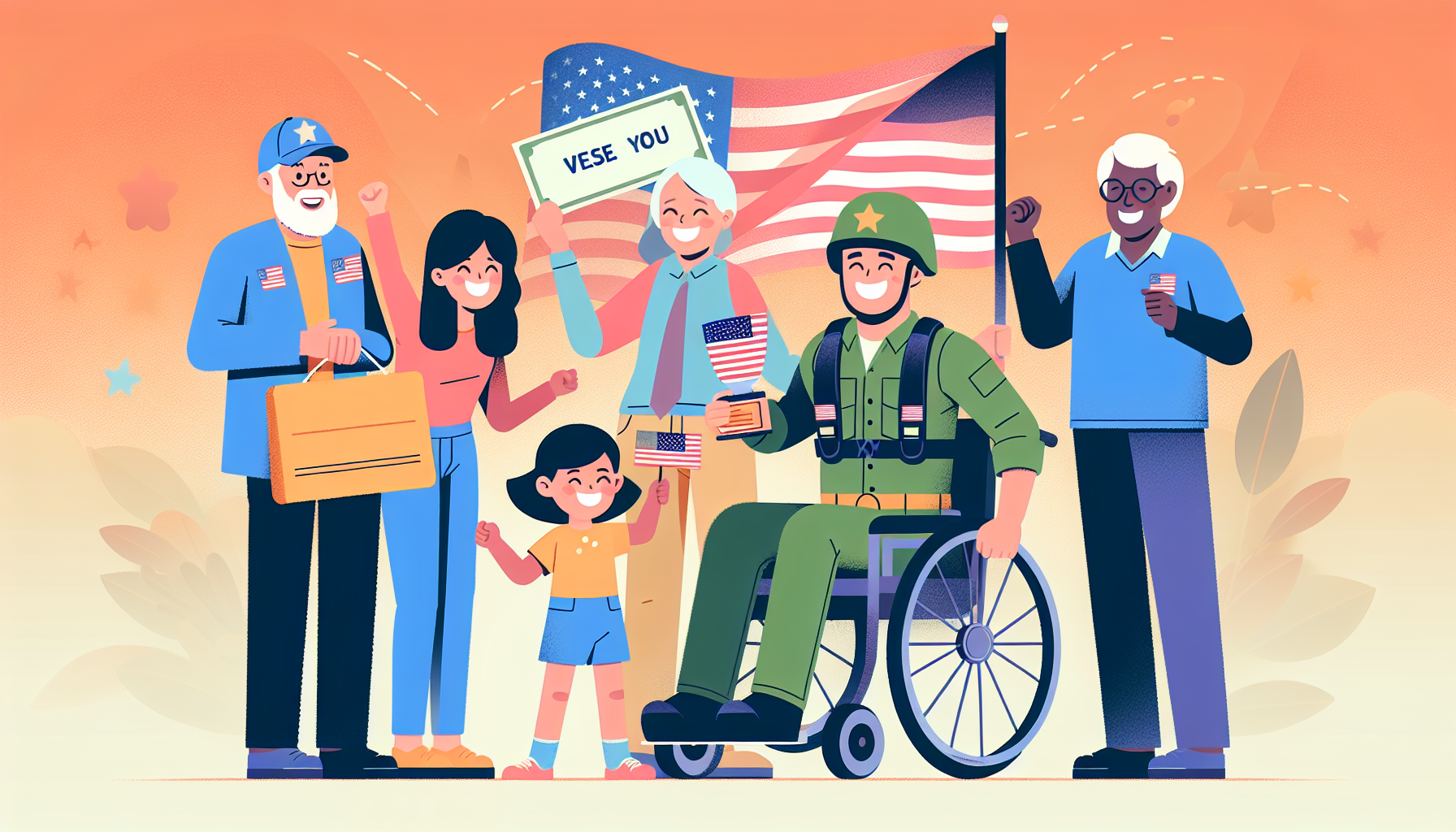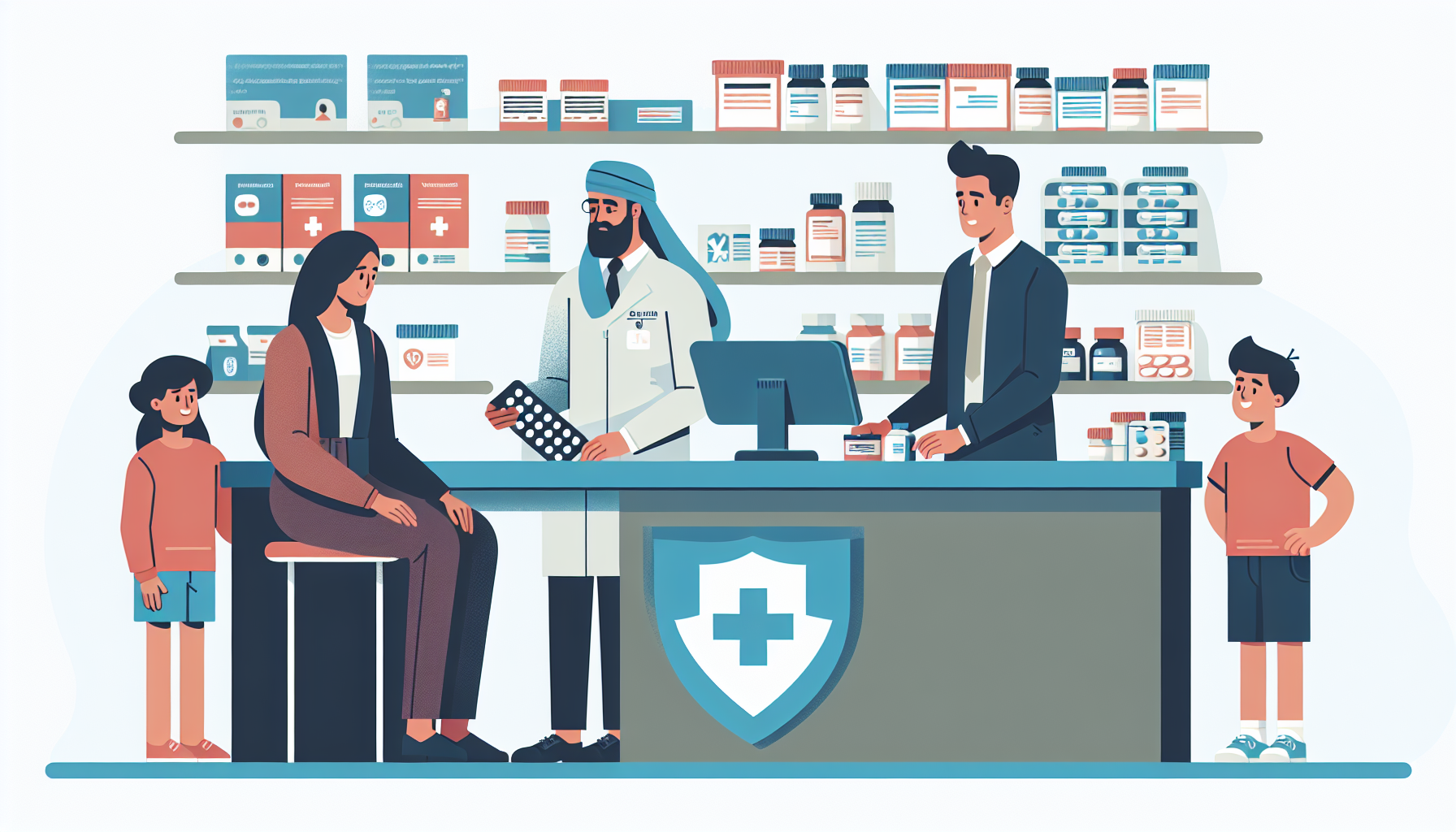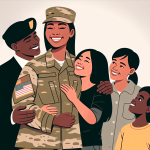Definition
Patient Safety refers to the practices and protocols in place within the Department of Veterans Affairs (VA) healthcare system to ensure the well-being and protection of patients. This includes preventing, identifying, and mitigating potential risks, errors, or harm that may occur during care and treatment. The objective of Patient Safety is to foster a culture that prioritizes the quality and safety of healthcare delivered to veterans.
Key Takeaways
- Patient Safety refers to the practices and protocols established by the Veterans Health Administration (VHA) to prevent harm to patients and ensure the provision of high-quality care within VA facilities.
- The VHA prioritizes a culture of safety, focusing on continuous learning and improvement, teamwork, and open communication among healthcare providers, staff, and patients to identify and address potential safety hazards effectively.
- Patient Safety initiatives within the VA system can include training programs, reporting systems, and evidence-based practices designed to reduce healthcare-associated infections, medication errors, and other avoidable adverse events in patient care.
Importance
Patient Safety is a crucial term in VA benefits as it signifies the efforts made to ensure the well-being and protection of veterans during their healthcare journey.
This encompasses various practices, protocols, and policies established by the Department of Veterans Affairs to minimize risks and avoid any potential harm to patients.
Patient safety is essential in maintaining a trusting relationship between veterans and their healthcare providers, fostering a positive environment where they receive optimal care.
By prioritizing patient safety, the VA actively demonstrates its commitment to upholding the highest standards in healthcare, promoting transparency, and continuously improving the quality of care and services provided to America’s veterans.
Explanation
Patient Safety is a vital component of the VA benefits system that focuses on protecting and ensuring the welfare of veterans when they access medical care and services. The primary purpose of this concept is to minimize the risk of harm, reduce medical errors, and ensure the delivery of high-quality, safe, and consistent medical care to the veterans who have served and fought for their country.
Patient Safety embodies a culture of accountability, continuous learning, and improvement among VA healthcare providers and staff members, fostering a comprehensive approach to routinely monitor and evaluate veterans’ healthcare experiences. To achieve the objectives of Patient Safety, the VA implements numerous strategies, policies, and protocols aimed at safeguarding veterans’ well-being and enhancing the delivery of healthcare services.
These may include proactively identifying potential hazards, providing staff training, promoting open communication, and learning from reported incidents to prevent their reoccurrence. Furthermore, Patient Safety emphasizes the essential role of collaboration between veterans, their families, and the healthcare team in actively participating in the decision-making process and sharing information.
This collective effort ultimately creates an environment that maximizes safety, promotes trust and transparency, and continually strives to improve healthcare outcomes for the diverse population of veterans served by VA medical centers and facilities across the country.
Examples of Patient Safety
Root Cause Analysis (RCA) Program: The VA (U.S. Department of Veterans Affairs) is highly focused on maintaining patient safety within their healthcare system. The RCA program is a systematic approach used by the VA to investigate adverse events, identify the underlying problems, and develop solutions to prevent such occurrences from happening again. This evidence-based approach ensures that patient safety is at the forefront by identifying specific areas where improvements are needed and implementing targeted solutions to address these issues.
VA National Center for Patient Safety (NCPS): Established in 1999, the NCPS works to improve patient safety in the VA healthcare system by focusing on the prevention of adverse events and promoting a culture of safety. The NCPS provides guidance to VA facilities on patient safety practices, offers educational resources, and collaborates with other national and international organizations to gather knowledge and best practices to improve patient care. The center also conducts research and develops tools to identify and address potential safety issues, such as the use of standardized checklists and guidelines.
Use of Bar Code Medication Administration (BCMA): In order to minimize medication errors, the VA healthcare system has implemented the Bar Code Medication Administration (BCMA) system. This technology helps ensure safe and accurate medication administration by requiring medical staff to scan both the patient’s identification and the medication barcode before administering it. The BCMA system then checks the medication against the patient’s electronic medical record to confirm that the proper medication, dose, route, and timing are correct. By doing so, the BCMA system has significantly enhanced patient safety within the VA healthcare system by reducing medication errors and improving the overall quality of care.
FAQs About VA Benefits for Patient Safety
1. What is the VA’s approach to ensuring patient safety?
The VA’s approach to patient safety is a proactive, comprehensive program that systematically identifies and mitigates risks to provide safe and secure environments for veterans in VA healthcare facilities. The program involves continuous monitoring, evaluation, and improvement of processes and practices related to patient safety.
2. How does the VA utilize reporting and tracking tools to improve patient safety?
The VA uses a variety of reporting and tracking tools, including patient safety reporting systems, root cause analyses, and close call programs to identify potential risks, analyze the root causes of adverse events, and implement corrective actions to prevent recurrence. Reporting and tracking also provide valuable data to help improve overall safety performance.
3. What training and resources does the VA provide to its staff to ensure patient safety?
The VA offers comprehensive training programs and resources to its staff, including patient safety conferences, workshops, webinars, and online resources centered around the best practices for maintaining a safe environment for patients. Additionally, staff members receive ongoing support from patient safety managers and specialists to ensure they remain up-to-date with the latest safety measures and protocols.
4. How do patients and families contribute to patient safety within the VA?
Patients and their families play a vital role in ensuring patient safety as they can provide essential information about a patient’s medical history, conditions, and preferences. The VA encourages patients and families to be actively involved in their healthcare decisions, communicate openly with healthcare providers, and report any concerns related to safety.
5. What steps does the VA take to prevent infections in their healthcare facilities?
The VA is committed to preventing infections in their healthcare facilities through strict adherence to infection control practices, such as hand hygiene, proper use of personal protective equipment, and environmental cleaning. Additionally, the VA monitors and tracks infection rates, implements evidence-based prevention strategies, and provides staff training on infection prevention and control.
Related VA Benefit Terms
- Medical Error Prevention
- Infection Control
- Fall Prevention
- Medication Safety
- Pressure Ulcer Prevention
Sources for More Information
- U.S. Department of Veterans Affairs – Patient Safety
- Agency for Healthcare Research and Quality (AHRQ)
- The Joint Commission
- Institute for Healthcare Improvement (IHI)
 Benefits.com Advisors
Benefits.com Advisors
With expertise spanning local, state, and federal benefit programs, our team is dedicated to guiding individuals towards the perfect program tailored to their unique circumstances.
Rise to the top with Peak Benefits!
Join our Peak Benefits Newsletter for the latest news, resources, and offers on all things government benefits.


